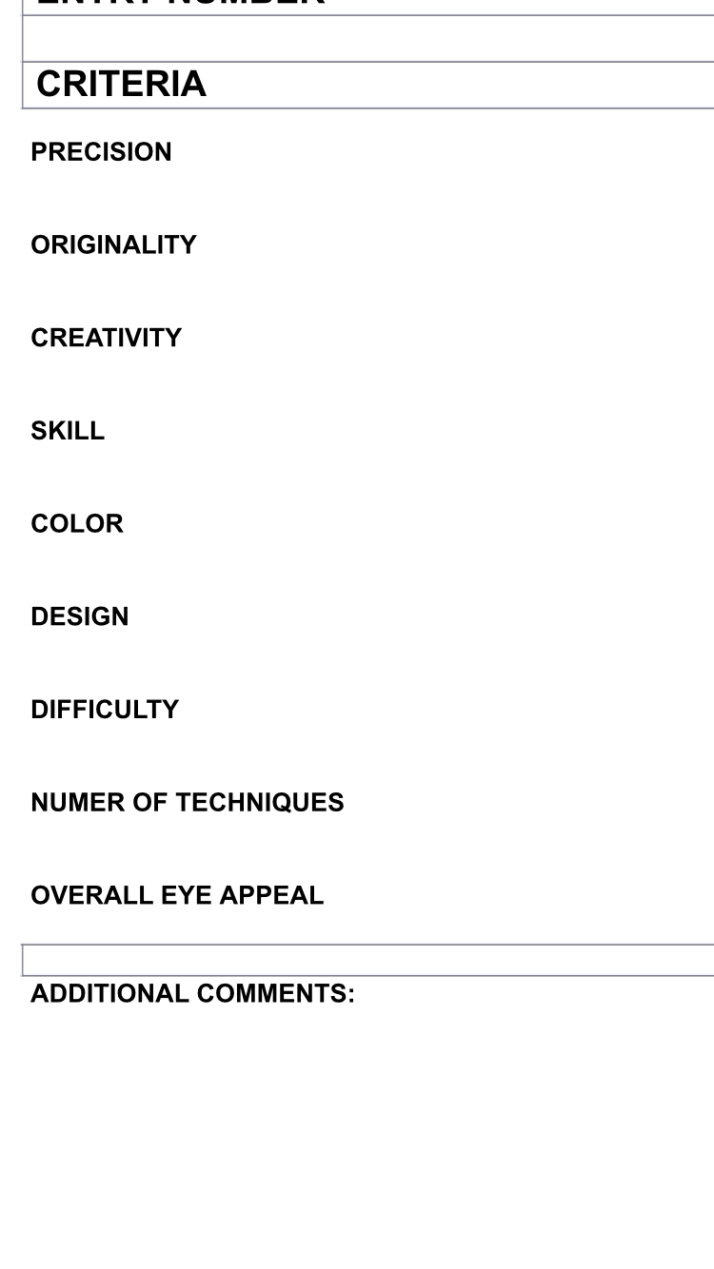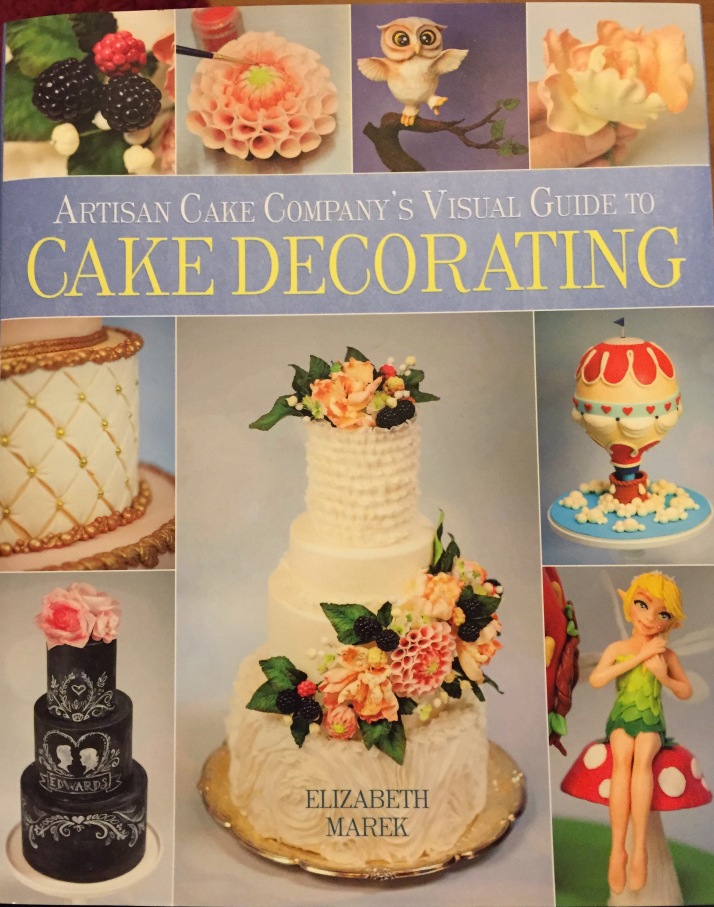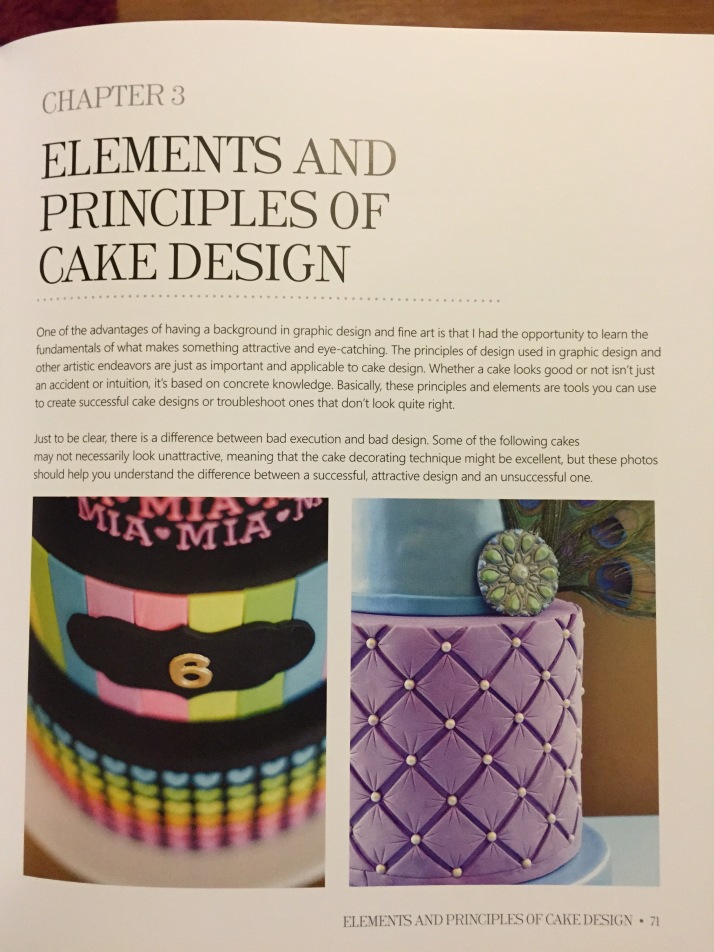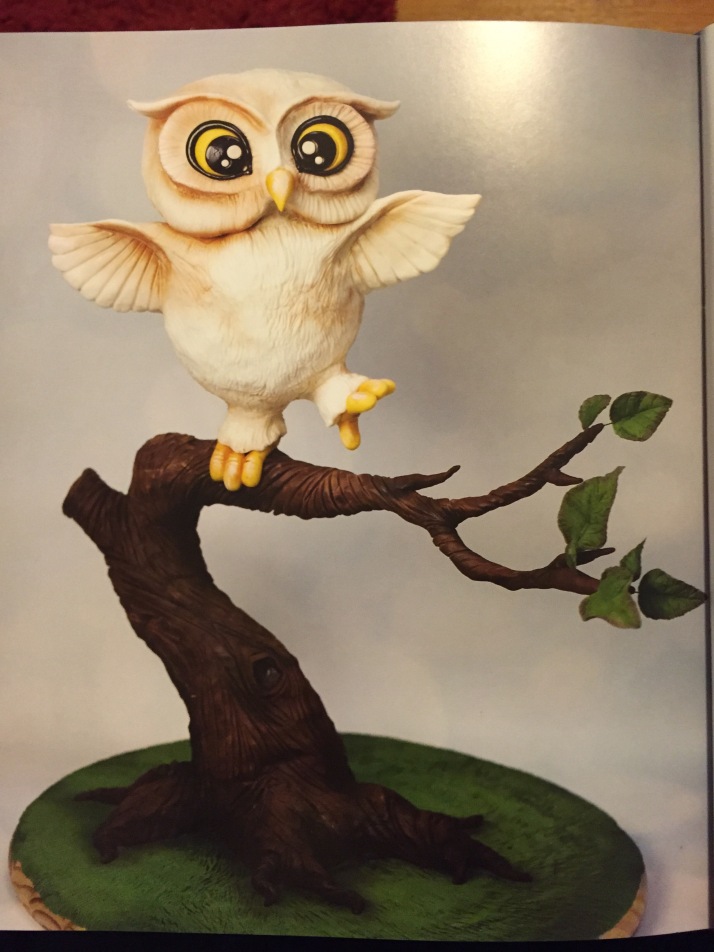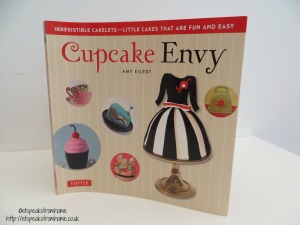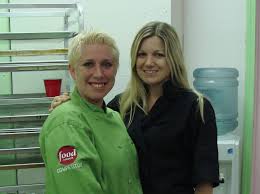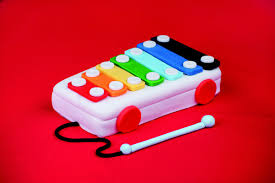Lately, I’ve read some complaints about judges at cake shows. It prompted me to ask my friends what made a good judge and what made a bad judge. I received some great comments and thought I would share these thoughts with all of you.
I should preface by saying that I have judged at or competed at over two dozen cake shows. I have served as Head Judge for one of the largest shows in the U.S. I am regularly asked to train new judges. I am also serving on a new ICES committee to establish guidelines for certifying judges.
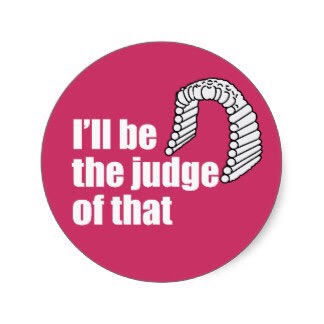
Here are my notes for those who judge or aspire to judge at a cake show:
Judges should know the rules
At a recent show, the cakes had a height restriction. A few of the competitors complied, but others noticeably did not. Surprisingly, the “too tall” cakes were the ones that placed, without mention of the height infraction. Good show directors will provide you with a copy of the rules when you judge. Good judges will read those rules!
When you find a rule violation, the judge has to decide whether it is so egregious that you must disqualify the entry, or simply lower its placement/score. For me, this depends on the level of the competitor. I am frequently more strict on professionals and masters, but try to give the lower levels a break and just reduce their score.
If a judge blatantly ignores the rules, it puts a black mark on the entire competition. It makes competitors doubt all the rules. Following the rules is paramount.
Judges give constructive feedback
This is such a biggie! “Good job!” gives the decorator no useful advice. Even worse is no comment at all! As a judge, I try to tell the person something I like, then something they can improve, then end with a positive note.
Helpful notes can include information on what judges look for: covering your board, adding a ribbon around the board, evenly piped borders, smooth cake covering, using gumpaste instead of fondant. It is NOT helpful to redesign the person’s cake for them. You must be able to tell them how they could improve their work on their chosen design.
Rude comments are unforgivable. Judges have not been invited back for comments they leave. Words can hurt and we judges have to be incredibly careful in HOW we say what we say. The last thing we want to do as judges is to discourage someone from playing with sugar.
Put your preferences aside
This may be the hardest thing for many judges. When we see ourselves reflected in someone’s entry, we react favorably. The key is to not allow your personal preferences to make you score something higher than it might deserve. I can think of two instances when someone I was judging with saw a cake that could have been in their portfolio. Instantly, they both declared that cake first place. I had to work with them to see if it truly deserved first place.
A judge may hate yellow cakes or gory cakes or whatever personally, but must judge those entries in the work presented, not on how they feel about the design choices. It isn’t always easy. Judges are human and I’m sure we all let our hearts into our evaluations. They key is to be conscious of that influence and to try to minimize it.
Judges must know a wide variety of techniques
I believe the best judges are well rounded decorators. If you only do buttercream cakes, it could be hard for you to judge proper royal icing techniques or gumpaste flowers or sculptures. You should keep up with current trends. You should know what a proper version of most techniques looks like.
It is even better if you, as a judge, have actually worked with a variety of mediums. You will then be better able to troubleshoot and help guide the competitor to a better entry.
Judges Should Not Be Overly Critical
Feedback is great, unless you become abusive in your words. I have seen judges mark every cake low and justify it because they treat everyone the same. Seriously? If the judging scale goes to 10, you CANNOT limit the scores you give to a high of 6 or 7 or whatever. 10 does not mean perfect. It means that it is excellently crafted.
We get that you are the best decorator in the world (in your mind), but you don’t build yourself up by tearing others down. If your judging sheet is a nitpicky list of errors, without also celebrating the things done right, you need to take a step back from judging. You are not helping the contestant with your hypercritical attack of their work. You must be able to find balance in how you both judge and in how you give comments.
Judges Are Not Just Cheerleaders
Yes, we want to encourage the entrants, but not every cake warrants an 8 or above. This is the flip side of the overly critical judge. If you just tell some one it is beautiful and that they did great, what have they learned? Even the most incredible pieces of art I have judged have had one or two areas where they could improve.
Judges owe the contestants their honesty. You must be able to be realistic about the entry and be able to tell the person what is wrong as well as what is right.
Judges Do Not Rush The Process
Judging is hard work and will kill your back and your feet by the end of the day. Some judges love being known as a judge, but don’t take the time to properly do the job. There is no prize for speed judging. If you are just going to gloss over the process, you should not be judging.
Judges Do Not Dominate Other Judges
Every now and then, you’ll run into the judge who is loud, opinionated and dominating. They run roughshod over their fellow judges and their opinion is the only one that counts. This is really just another form of bullying.
When I judge with someone for the first time, I start out asking their opinion for the first few categories, so we get a sense of each other and so that we each get input in the process (for consensus judging shows). Judges need to be willing to listen to their fellow judges and to respect their input.
Judges Show Up For The Job
If you are tasked with judging, you need to show up on time and ready for the job. Most judges will wear their chef coats, to add an air of professionalism to the process. Judges should not cancel on a show unless their are legitimate reasons. When you agree to judge, you are agreeing to pay your way there, put yourself up at a hotel and to do a job. If you need to teach a class to cover expenses, that is fine…but when your class doesn’t fill, it does not relieve you of your commitment to the show. Finding qualified judges to take your place at the last minute places an unfair burden on the show.
Judges Pay Attention to Details
Nothing frustrates a show director quite like having to track down a judge who left a score card incomplete. Judges have a duty to make sure that each score sheet is filled out properly. Competitors who find part of their sheet without a score are rightfully upset. Would they have placed higher? We must always take the time to look over our sheets to make sure that we have filled everything out.
Judges Help Promote the Show
Cake shows will die without support. As judges, we often have a social media following and can use that to help the show. We can put the information in our newsletters and on our web pages. We can share the event on Facebook. We can encourage people to enter.
Judges Do Not Enter Categories They Are Judging
Some competitors do not think it is fair for a judge to compete. I personally have no problem with it and have done it many times. In that situation, the show director is notified that I entered and I am not assigned the Master division. Since judging is anonymous, my fellow judges who are assigned the Master category will not know who created what cakes. There is no unfairness to other competitors.
Often, the judging panel is largely comprised of Masters. If some of them don’t enter, the Master division looks very empty. We need every possible entry for cake shows to thrive.
Judges Are Available Afterwards To The Competitors
Some shows have a designated time to meet with the judges. The judges will show up for this “kiss and cry” portion and help explain to a competitor why they received the score they did. Sometimes the competitors may contact the judge after the show. I feel just as strong a duty after the show to help them understand what they did right and how to fix what they did wrong. Numerous competitors have sent me pictures of their entries and asked for critiques, even when I did not judge the show they attended. I think that judges should always stand ready to offer advice in this manner.
Judges Will Read The Information From The Competitors
Many shows allow the competitors to write notes for the judges about what they did and how they did it. These notes are often crucial to a better understanding of the entry. I have seen judges dismiss a cake, until I point out the novel approach used by the competitor, as explained in their notes. Just as a competitor should not assume that the judge knows every flower variety, the judge should not assume that they know how something was done.
So that’s it. Really, it boils down to being a good person. Play nice with the other judges. Be kind, but fair in your comments. Give comments. Do the job you accepted. If you do those things, you will find that you are a good judge.





